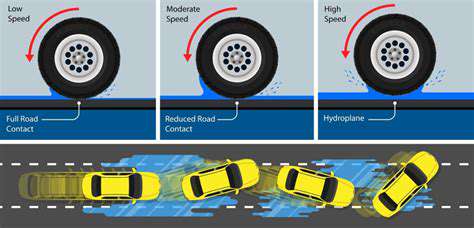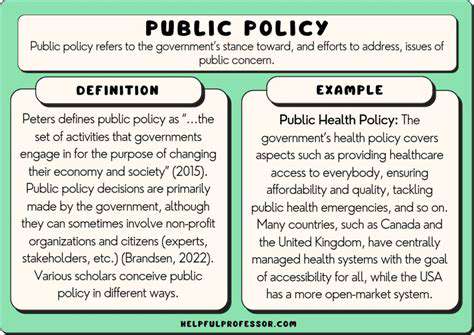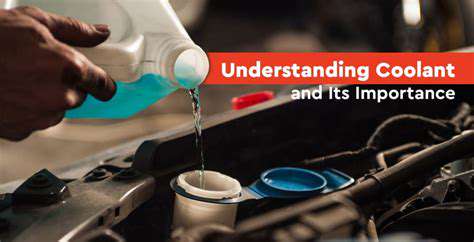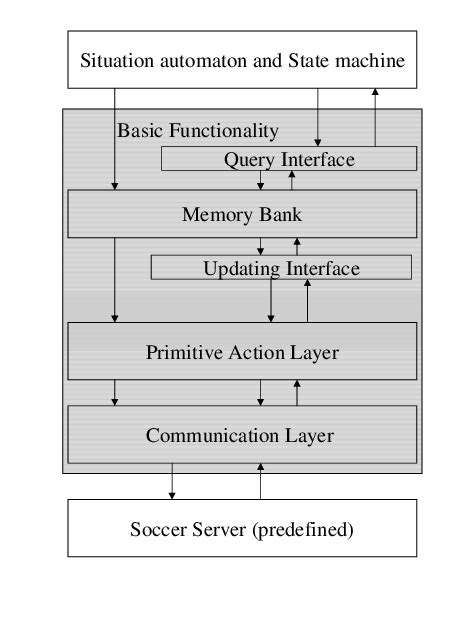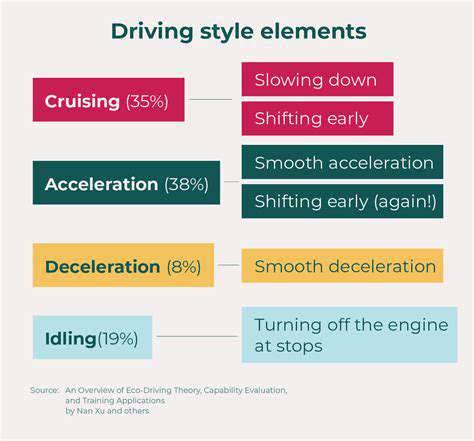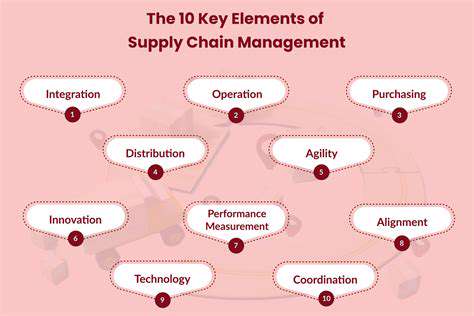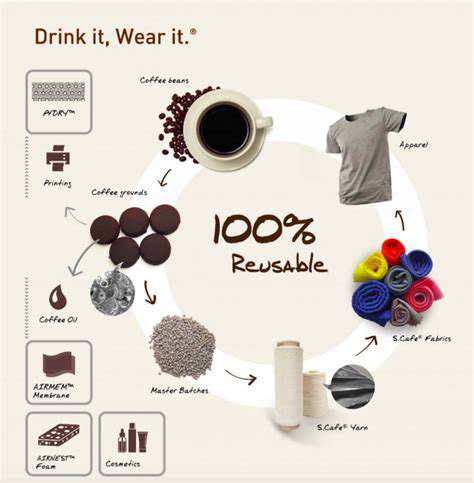The Impact of Your Car's Weight and Load Capacity
Vehicle Weight and Its Effect on Fuel Usage
A vehicle's mass plays a decisive role in determining its fuel requirements. Additional weight increases the energy needed for acceleration and maintaining cruising speeds, directly affecting fuel economy. This relationship stems from fundamental physics - greater mass requires more force to overcome inertia and maintain motion against air resistance and rolling friction.
Modern vehicle designs incorporate various materials to balance weight and strength. While some manufacturers use lightweight composites to reduce mass, others prioritize structural integrity with heavier materials. The powertrain must compensate for these weight differences, making the connection between vehicle mass and fuel consumption a critical consideration for efficiency-conscious drivers.
Cargo Management for Optimal Efficiency
Proper load management significantly influences a vehicle's operational efficiency. Every additional kilogram carried requires energy to move, translating directly into increased fuel consumption. This effect becomes particularly noticeable during acceleration phases and when climbing gradients, where the engine must overcome both the vehicle's inertia and gravitational forces.
Seasonal changes often prompt drivers to carry additional equipment that may remain in the vehicle unnecessarily. Regularly auditing your cargo area and removing non-essential items can yield measurable fuel savings over time. For maximum efficiency, consider the actual necessity of each item carried and its frequency of use when organizing your vehicle's load.
Balancing Weight Distribution
Proper weight distribution affects more than just handling characteristics - it directly impacts fuel efficiency. When a vehicle's load isn't balanced properly, certain components (like brakes and tires) work harder to compensate, increasing rolling resistance and energy consumption. An evenly distributed load allows all systems to operate at their designed efficiency levels.
The placement of heavy items significantly influences a vehicle's center of gravity. Positioning weight lower in the vehicle improves stability while reducing the aerodynamic drag caused by body roll. For passenger vehicles, this means placing heavy cargo in the trunk rather than on roof racks whenever possible to maintain optimal efficiency.
Powertrain Considerations
Engine and transmission systems must work proportionally harder to move increased mass. This relationship follows basic mechanical principles where greater forces require more energy input. Modern engine management systems adjust fuel delivery based on load requirements, meaning added weight automatically translates to increased fuel consumption.
Aerodynamic Implications of Vehicle Mass
While weight and aerodynamics represent separate concepts, they frequently interact in vehicle design. Heavier vehicles often feature larger frontal areas to accommodate stronger structures, increasing air resistance. This combination of factors creates a compound effect on fuel economy where both mass and drag work against efficient operation.
Aftermarket modifications can inadvertently affect both weight and aerodynamics. Adding accessories like roof racks or bull bars increases both mass and wind resistance, with significant consequences for fuel efficiency. When considering such additions, evaluate whether their utility justifies the operational cost increases they create.
Maintenance for Sustained Efficiency
Regular maintenance plays a crucial role in maintaining a vehicle's designed efficiency characteristics. Properly inflated tires reduce rolling resistance, while well-lubricated components decrease mechanical drag. These factors become increasingly important as vehicle weight increases, as each source of resistance compounds upon the others.
Practical Weight Optimization Strategies
Implementing simple weight management practices can yield noticeable fuel savings. These include removing unneeded items from the trunk, avoiding permanent installation of heavy aftermarket accessories, and using the lightest appropriate wheels and tires for your driving conditions. Combined with proper maintenance and conscious driving habits, these strategies help maximize your vehicle's efficiency potential.
